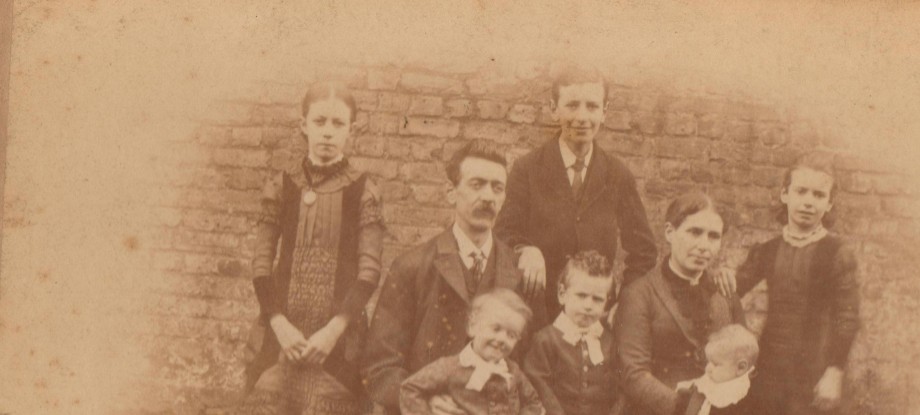A few years before my father passed away I met my parents in New York for a little reunion. I flew in from London, where I’d lived for ten years by then, and they took the Amtrak Express up from Washington, D.C. to meet me. We’d first been to New York together when I was six years old and my brother only four. I remembered how my father had driven us all up from Maryland in our 1969 gold Dodge Dart Swinger and how New York’s stifling July heat and noisy bustle on the city’s endless pavements greeted us as we attempted to manoeuvre our way around Manhattan. Meeting for a short weekend in the winter over thirty years later, my parents and I decided to “do something different” and go visit Ellis Island. While my parents had lived in the US for decades (my father had lived there sixty years by then and my mother forty), and despite the fact that they had travelled to New York several times during those decades, they had never stopped by Ellis Island to try and find the records of those members of the family which had immigrated to America. As my father had already started to compile some information towards writing his memoirs at that time, I was keen to go and see this place with them. I didn’t know what I would find but my indoctrination into our family’s history had already begun. At my request, we went on a journey of discovery that afternoon.
Ellis Island is located in Upper New York Bay. To get to there one has to take a ferry from Battery Park, at the foot of Manhattan, and cruise 45 minutes towards the Statue of Liberty. A gateway for millions of immigrants to the United States, Ellis Island was the country’s busiest immigrant inspection station from 1892-1954, becoming a symbol of American immigration and the immigrant experience. In 2001, the American Family Immigration History Center was unveiled and an exciting family research facility began to provide its visitors with a plethora of information where genealogical exploration was concerned. We were lucky enough to have had the idea of making our visit a few years after this Center was opened.

Ellis Island was the country’s busiest immigrant inspection station from 1892-1954, becoming a symbol of American immigration and the immigrant experience.
Once at the Ellis Island Immigration Museum, I was amazed. The information which I found, how it had been collected, sorted and organised was astounding. The myriad of statistics on the groups of people who had immigrated to America over the centuries was sliced and diced in a variety of ways with visual maps and migration patterns of the various routes taken. Particularly interesting to me was the information I came across regarding the huge influx of Eastern Europeans which arrived between the end of the 19th and the beginning of the 20th century. Going through some records during our visit, I discovered that my grandfather, Yovcho Tzaneff, was not the only “other” brother to go to America but that there was a third brother, Hristo, or “Christo” as I came to see on a manifesto, who had also gone over but nearly 20 years earlier, in 1910. Further digging brought up other family members who had arrived well before my grandfather, some of them my father only vaguely recalling. Were they related to the family in some way? It was possible as several of them carried the name “Tzaneff” or a spelling variation thereof, while also coming from villages and towns all within the vicinity of where my grandfather had come from. It was a thrilling discovery!
Kristina


One Response to Ellis Island – Part 1